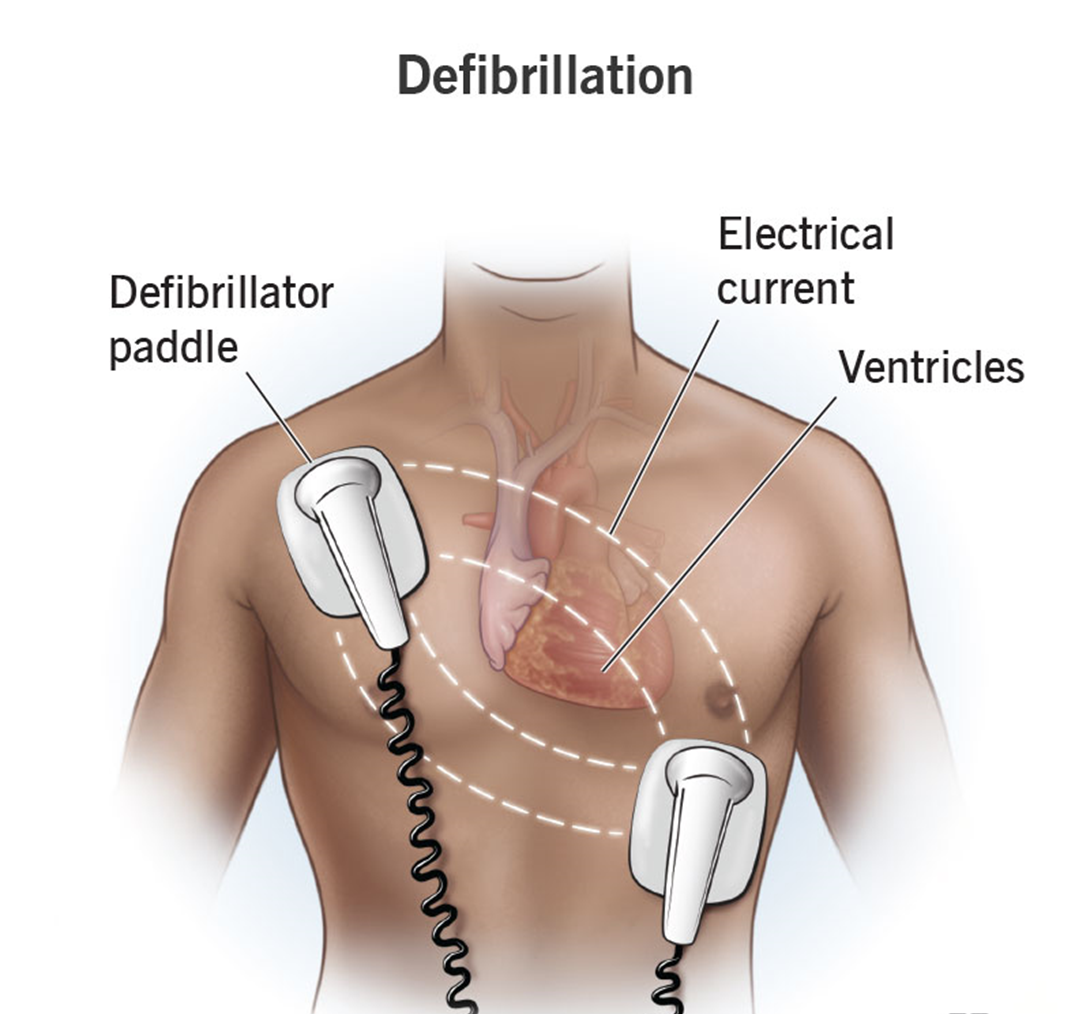A nurse is caring for a patient who is receiving IV fluids to correct dehydration. Which of the following laboratory values should indicate to the nurse that the patient is effectively responding to treatment?
Urine specific gravity of 1.020
Serum sodium of 165 mEq/L
Hematocrit of 48%
Blood urea nitrogen (BUN) of 12 mg/dL
The Correct Answer is A
Choice A reason: Urine specific gravity measures the kidney's ability to concentrate urine. A normal range is typically 1.005–1.030. A value of 1.020 indicates adequate hydration and suggests that the patient is responding well to IV fluid therapy.
Choice B reason: Serum sodium levels reflect electrolyte balance. The normal range is 135–145 mEq/L. A level of 165 mEq/L is significantly elevated, indicating hypernatremia, which could be a sign of inadequate hydration and not a positive response to treatment.
Choice C reason: Hematocrit represents the proportion of blood volume occupied by red blood cells. Normal ranges are 38.3–48.6% for men and 35.5–44.9% for women. A hematocrit of 48% is at the upper limit of normal and does not specifically indicate the effectiveness of dehydration treatment.
Choice D reason: Blood urea nitrogen (BUN) levels can indicate renal function and hydration status. The normal range is 7–20 mg/dL. A BUN of 12 mg/dL is within the normal range and does not specifically reflect the patient's response to IV fluids for dehydration.
Nursing Test Bank
Naxlex Comprehensive Predictor Exams
Related Questions
Correct Answer is A
Explanation
Choice A reason: Defibrillation is used in the case of life-threatening cardiac rhythms, such as ventricular fibrillation or pulseless ventricular tachycardia. It is not the first line of treatment for a stable patient with VT.
Choice B reason: CPR is initiated when a patient is unresponsive and not breathing or not breathing normally, indicating cardiac arrest. It is not indicated for a patient who is stable and experiencing VT.
Choice C reason: Elective cardioversion is a procedure where an electrical shock is delivered to the heart to convert an abnormal rhythm back to a normal sinus rhythm. It is typically used for rhythms such as atrial fibrillation or atrial flutter, not first line for VT.
Choice D reason: Radiofrequency catheter ablation is a procedure that uses radiofrequency energy to destroy a small area of heart tissue that is causing rapid and irregular heartbeats. In the case of VT, this procedure is used to target the area causing the abnormal rhythm and is a common treatment for recurrent VT.

Correct Answer is ["A","B","C"]
Explanation
Choice A: Apply heat for 10 minutes every hour
Applying heat can help to relax the muscles and relieve tension, which can reduce pain. Heat therapy increases blood flow, which can aid in healing and reduce stiffness.
Choice B: Sleep in a side lying position with flexed knees
Sleeping in a side-lying position with flexed knees can help to maintain the natural curve of the spine and reduce strain on the back muscles. It's also recommended to use a pillow between the knees for additional support.
Choice C: Avoid prolonged sitting
Prolonged sitting can put pressure on the discs in your lower back and cause or exacerbate pain. It's recommended to take regular breaks to stand up and move around.
Choice D: Use padded shoe insoles
While padded shoe insoles can provide comfort and support for some people, there's no strong evidence to suggest that they can help to prevent or relieve back pain.
Choice E: Sleep on a soft mattress
Contrary to popular belief, a soft mattress may not be the best choice for people with back pain. A mattress that's too soft can cause your back to sink into the mattress, leading to poor sleep posture and discomfort. It's generally recommended to choose a mattress that provides good support and maintains the spine's natural alignment.
Whether you are a student looking to ace your exams or a practicing nurse seeking to enhance your expertise , our nursing education contents will empower you with the confidence and competence to make a difference in the lives of patients and become a respected leader in the healthcare field.
Visit Naxlex, invest in your future and unlock endless possibilities with our unparalleled nursing education contents today
Report Wrong Answer on the Current Question
Do you disagree with the answer? If yes, what is your expected answer? Explain.
Kindly be descriptive with the issue you are facing.
